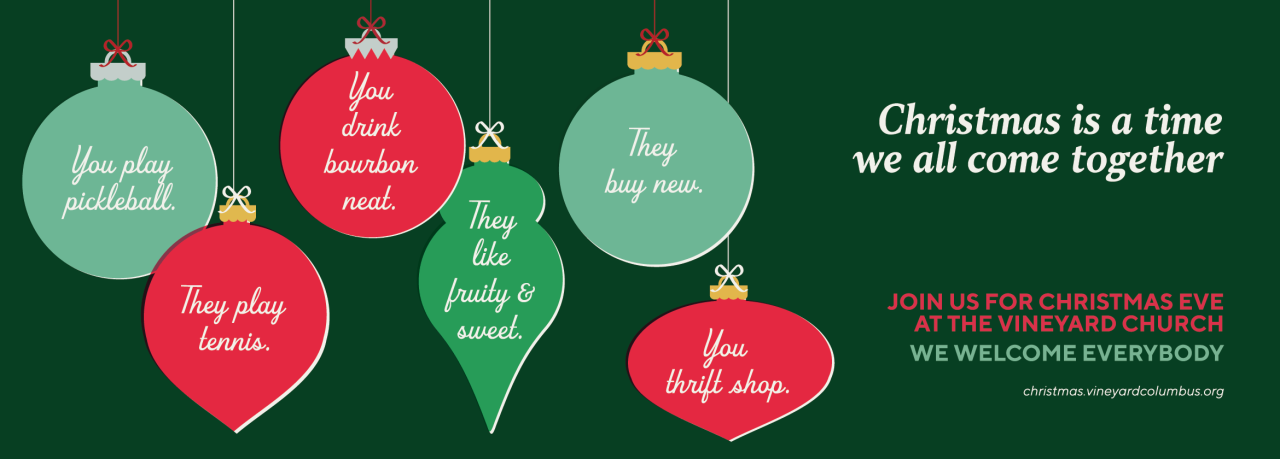Color Connection
That was the question that painter Elle Luna posed to creatives on Instagram, hoping to push them to discipline their creative processes. The rules of The 100-Day Project were simple: the participants were to repeat the same creative action (writing, drawing, dancing, cooking) for 100 consecutive days and to document their action each day.
After learning that a friend was going to participate, Julie Ream, who had recently quit her corporate job as art director, decided to use her extra time to give the 100-Day Project a try. A former photo stylist, she assembled the colored pencils she had once been given as a gift into a rainbow design, took a picture, and posted it to Instagram.
“I got the idea to do rainbows specifically from my daughter. She’d just turned 3 and she’d been learning about favorite colors at school … and she wanted to know what my favorite color was,” Ream explained. “But I told her I don’t have a favorite color because I like how all colors look together. I like how rainbows look.”
Ream’s daughter approved, and as Ream’s rainbow designs kept popping up on Instagram, so did the number of her followers, which eventually grew to over 10,000. The rainbow project became a global phenomenon and eventually resulted in a book deal, which as of press time was still being negotiated for release.
After the first few images, the challenge of the process began to set in for Ream, who quickly realized how many objects—marbles, thread, scissors—she would need to get her hands on and organize. But the ideas kept coming. Office supplies and a tax form for Tax Day. Eggs for National Egg Day. Doughnuts for National Doughnut Day. (She learned to make colored glaze.) A set of rainbow soft pastels on the day of the SCOTUS marriage equality decision.
“I would run all over town borrowing things and finding things around the house,” Ream said. “The only hard part was just doing it every single day.”
The goal of the 100-Day Challenge was to honor the process, rather than the product, of creativity by using a few rules to spark ideas, and to provide a length of time for investment and improvement—in essence, to jump-start creatives out of the ruts that they sometimes find themselves in. Lists and lots of planning became part of Ream’s routine as she strove to meet her daily deadline while taking care of her two children.
“I think when you’re forced to do something … that’s when the creative ideas really start flowing. If I’m just sitting around my house and I don’t have any timeline or deadline, then I’m probably not going to think up much of anything,” she said.
Ream’s final design, one of her favorites, was also one of her most intricate. She ordered a number of preserved butterflies and learned to open their wings for display. Arranged from rusty reds and oranges at the top of the photo to brilliant teals and indigos near the bottom, the butterflies are perhaps symbolic of the organic Instagram community that blossomed around the project. (The butterflies alone received 1,501 likes and 120 comments.) Followers were astounded with the number of objects Ream managed to arrange into rainbows and many became captivated with predicting what she might use in her next design.
Despite the project’s unexpected popularity, Ream remained true to the integrity of its ideals—an exercise in creativity. “I didn’t do this project to get Insta-famous or knowing that I would have a book deal at the end of it. I did it because I wanted to and I thought it would be fun,” she said. “Sometimes you just have to put stuff out there and see what happens.”
For more, follow @hey_jules_studio on Instagram. That same account also inspired another local creative, Nick Fancher, who matched her with his own photo project on page 54.
BROUGHT TO YOU BY



